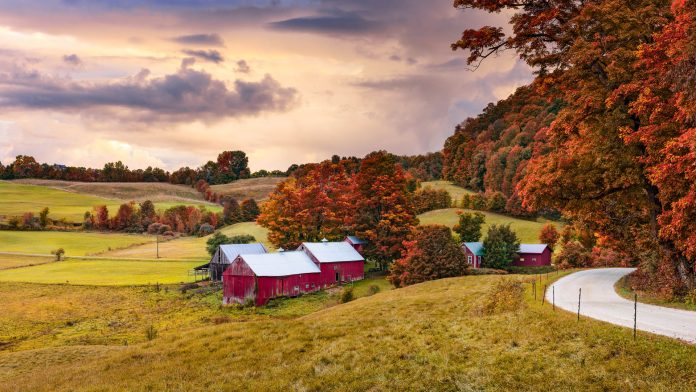Key Highlights
- 51% of realtor.com’s searches came from urbanites in largest metros in US looking for suburban properties in their measured metros during Q2
- Potential exists for home shoppers to search farther from home as more tech companies extend work-from-home policies
Urbanites living in large, dense metros hard hit by COVID-19 are looking at their lives with new eyes. Many of them are using their new eyes to see themselves living in suburban properties within their metros, 51% of all realtor.com’s searches, or even farther away from their urban metros.
Download Your FREE Ultimate Agent Survival Guide Now. This is the exact ‘do this now’ info you need. Learn NOW How to Access All The Bailout Program Cash You Deserve. Including Unemployment and Mortgage Forbearance Plans. To Access the Ultimate Agent Survival Guide Now Text The Word SURVIVAL to 47372. 4 Msgs/Month. Reply STOP to cancel, HELP for help. Msg&data rates may apply. Terms & privacy: slkt.io/JWQt
Danielle Hale, realtor.com’s chief economist, said, “We see lingering effects on the coronavirus on shopping behavior and preferences. In the Northeast, especially, people are now as likely as before the pandemic to be looking for a home in a market that’s not where they currently live. However, those looking elsewhere are much more likely to be looking in smaller, nearby markets.”
On top of public health concerns spurred by COVID-19, working homeowners are in a wait-and-see mindset as many tech companies extend their remote working policies. Such broadening acceptance of remote work policies gives many urbanites the permission to actually live their dream lives at the beach or in the mountains while working at their home offices away from the “maddening” and possibly COVID spreading crowd.
Tye Stockton of LIV Sotheby’s International Realty in Colorado is seeing heightened interest and action from out-of-state buyers looking for single-family properties in mountain resort communities. Stockton said, “With so much public land around us, people are seeking out not only Vail, But Aspen, Sun Valley, Jackson Hole, Park City – some of these mountain resort communities – as sort of safe havens (from COVID-19).”
Hale said that people looking to move “farther out” are broadening their definitions of “amenities” to include natural amenities such as proximate walking paths and trails and/or ski in and ski out possibilities along with updated kitchens, home offices, home gyms and indoor-outdoor pools.
Also in Q2 2020, California metros such as Riverside-San Bernardino, San Francisco, and Sacramento had an uptick in out-of-market interest.
July upticks in COVID-19 cases quieted Q2 searches in South Florida, Texas, Mississippi, Alabama, Georgia, and South Carolina. Atlanta, Miami, Tampa, Houston and Dallas were metros particularly impacted by this COVID-averse quiet.
The Midwestern metro areas remained struggling. “Even before the pandemic, the Midwest didn’t have the same job strength as the South and the West,” said Hale. “Because it didn’t have the job strength, it similarly didn’t have the housing market strength. The housing market is doing fine, it’s just not growing as rapidly as in other parts of the country.”
See accompanying article titled “Manhattan Signed Contracts Plummet -57% in July”
Thanks to Forbes.com and realtor.com.
Also read: Good News for Renters – Lots of Turnovers & Lower Rent Prices in Top 5 Markets, Podcast: Something Big Just Happened (Don’t Worry, Its GREAT News!) | Tim and Julie Harris, Manhattan Signed Contracts Plummet -57% in July
























